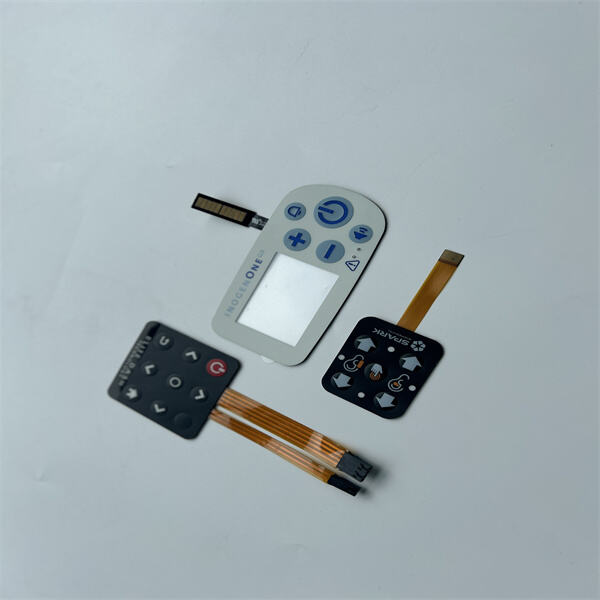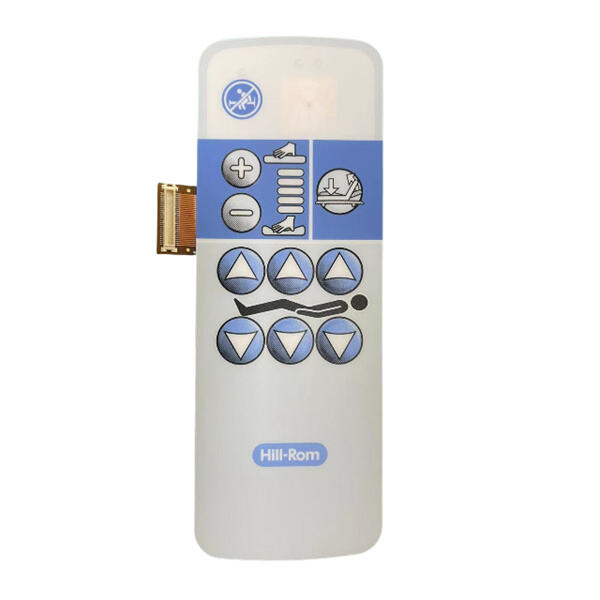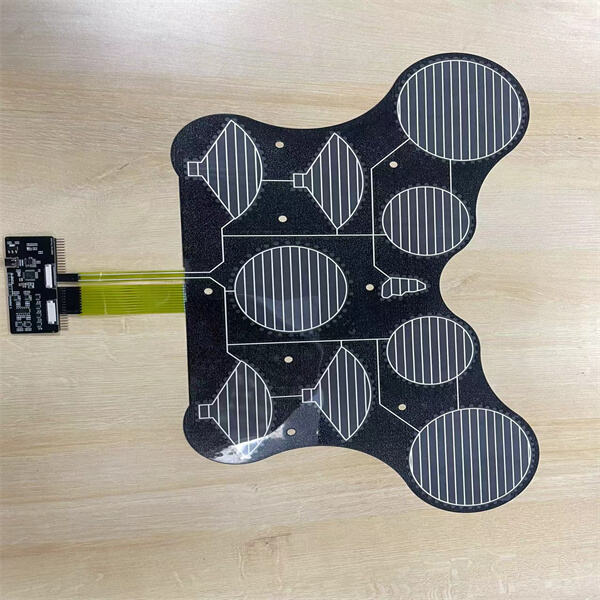Flexible force sensors are super-cool sensing tools that give us a sensation of how much force is pushing on something. The sensors are bendable and stretchable, which allows them to be useful for a wide variety of tasks. Flexible force sensors: What they are and how they’re used in tech and healthcare
Flexible force sensors are devices that feel and can measure how much force is being applied on on them. They’re made from special materials that can be curved without snapping. These sensors transform the force into an electrical signal that a computer, or similar device, can read and interpret.

Flexible force sensors are relevant in numerous applications, such as sports, robots and cars. In sports, the sensors can monitor the force of impact in sports gear such as helmets and pads. In robotics, soft force sensors allow robots to feel and react to that which is around them, making robots safer and smarter. On cars they monitor the pressure exerted on brakes and other parts, and that information helps make cars safer and better.

There are plenty of reasons to use flexible force sensors in technology. One major reason is their flexibility in applying their skills in various domains. They are also durable and reliable, which makes the great for tasks of the utmost importance. And, flexible force sensors are typically smaller and lighter than traditional sensors, making it easier to fit them into a variety of devices.

Flexible force sensors are also critical to emerging healthcare innovations. They can be used to monitor vital signs, such as heart rate and blood pressure, in real time. They can also monitor a patient’s movement and encourage them to stay active, which contributes to their improved health. And soft force sensors are also being developed for prosthetics and exoskeletons to help people move better and in more comfort by gripping surfaces, providing a degree of bracing, and allowing them to avoid obstacles.


Copyright © Dongguan Soushine Industry Co.,Ltd. All Rights Reserved - Privacy Policy